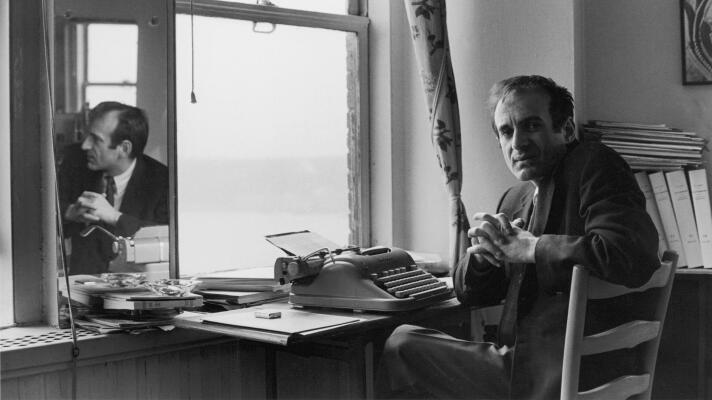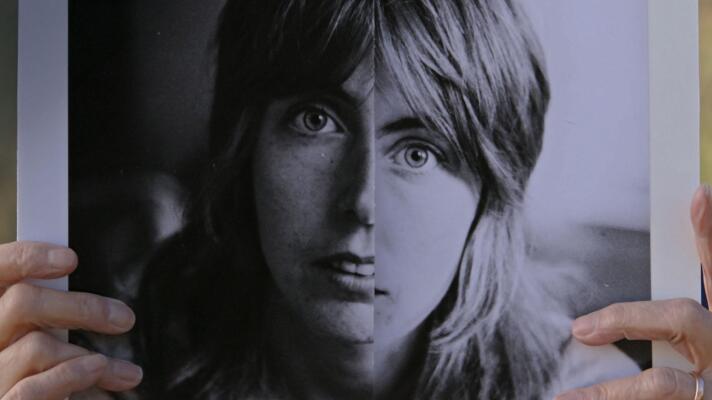Extras
Librarians across the U.S. examine how the review of library materials is impacting communities.
Preview:
S27
E6
|
0:30
Elie Wiesel vowed to always speak up whenever people were enduring suffering and humiliation.
Clip:
S40
E1
|
2:21
Before meeting his wife Marion, Elie Wiesel "shunned love" and didn't see himself having children.
Clip:
S40
E1
|
2:40
Elie Wiesel reunited with his sister in France.
Clip:
S40
E1
|
1:10
In "Night," Elie Wiesel recounts a memory of witnessing three victims being hung.
Clip:
S40
E1
|
1:56
Learn about Elie Wiesel, Holocaust survivor and Nobel Peace Prize-winning author of Night.
Preview:
S40
E1
|
2:09
An editor’s journey through vision loss and the power of reinvention.
Preview:
S27
E5
|
0:30
Appraisal: 1875 General Custer-inscribed Book
Clip:
S30
E3
|
3:38
Appraisal: Kenner Star Wars Action Figure Collection, ca. 1980
Clip:
S30
E3
|
4:09
Appraisal: Patek Philippe Officer's Watch, ca. 1919
Clip:
S30
E3
|
3:11
Latest Episodes
All
-
All
-
River Restoration
-
Changing Planet Season 3
-
Changing Planet Season 2
-
Changing Planet Season 1
Dr. M. Sanjayan investigates the largest river restoration ever attempted in the United States.
Episode:
S4
E1
|
55:14
Dr. M. Sanjayan investigates urgent efforts to help coral reefs survive climate change.
Episode:
S3
E1
|
54:21
Sanjayan travels to Australia to see the effects of climate change.
Episode:
S2
E1
|
54:06
Sanjayan visits Australia’s east coast to explore mangrove forests, spot dugongs and more.
Episode:
S2
E2
|
54:26
This urgent and important series charts six key wildlife habitats.
Episode:
S1
E1
|
54:30

















